Joel Shapiro – Untitled.
1980-81
About the Artist
Shapiro was born in 1941 and grew up in Queens, New York. Except for a few years when his family moved to Texas for his father’s military work: after a couple years they moved back to New York. When he was twenty-two, Shapiro spent two years in India serving in the Peace Corps where he developed a sense of appreciation for the integration of art in the Indian culture. This is where he started to understand his need to create structures and how he wanted the public to interact with them.
Moving back to the East Coast, Shapiro earned a BA and MBA from New York University and in 1969 finished school. Going into school he was planning on being a physician, but never found the passion for it. Shapiro then realized that he was made to create art and switched majors. Shapiro started off with small scale sculptures; however, he never categorized them by size but rather by the emotions of “longing and desire.”
As he progressed as an artist, Shapiro wanted to resist the confines that galleries placed on art such as walls, right angles, and scale ability. This is why he started building bigger scale pieces to stand alone as sculptures. Shapiro built his pieces out of wood, wire, or casted bronze, so they could hold up against weather outside. However, Shapiro is quoted as saying “what is important is the utilization of the material” not the material itself. In his later works, Shapiro depicted the feeling of falling or mocking gravity to evoke the sensation of carelessness.
Shapiro Era – 1980’s
Shapiro’s first exhibition was in 1970, grew in 1980s, and creates and sells artwork to this day. Shapiro is based in New York City, a city whose social culture has grown immensely since 1970. New York City’s urbanism is a perfect environment for artists wanting to make a statement and have and audience for it. Specifically in the 1980s, when Shapiro’s art became famous, there was a lot going on nationally: the AIDS epidemic, the Cold War ended, cocaine, and the economy had hit rock bottom under Reagan. Shapiro’s work continued to grow, and reach to museums and art galleries nationwide, and recently at our own campus. The events that triggered the ideas behind his artwork have still made an impact to this day. With the turn of the new century and the birth of technology, how has Shapiro stayed relevant with similar art he has created since the 1980s?
Shapiro’s artwork grew in the postmodernism time period. In the 1980s, pop culture is wild and crazy, colorful. In this era of MTV and modernism reaching new heights, Shapiro’s minimalist artwork seems to be an odd addition to postmodernism. This period may have influenced Shapiro to want viewers to reflect and understand the odd yet simple shapes of his sculptures. His artwork offers small and unique complexities that offer the viewer an emotional and reflective response. While the 1980s was wild, Shapiro offered a space to reflect and collect thoughts.
Artist Statement
Shapiro’s simplistic artwork caused us to compare our complicated lives to the simple angles and shapes he utilizes in his Untitled 1980-81 work. Our other initial reaction was one of radiating carefreeness from the balancing man. The sculpture has only one foot on the ground, his right, with the other outstretched behind him. His right arm is spread out fully to the side while the left one is pointed towards the ground, and his whole body is leaned forward as if to distribute his weight evenly to keep his balance.
Being outside of the new gym facility, this seems very fitting to the athletic program. I feel as if it is a metaphor for balancing activity and life together, in motion yet also placed in the ground. Activity doesn’t necessarily have to be literal sports, it could be any enjoyable hobby/activity. Our interpretation is that the artist is trying to convey the importance of an individual having enough balance of personal time for themselves and actual life (work, family, etc..) The rough appearance of the statue and the rocks on the ground seem to resemble hardships that may come out of maintaining this balance, and it takes hard work to be able to balance all of life’s needs. The steel rectangular shapes seem heavy and weighed, which could symbolize responsibilities.
Resources
Corp., Artsy. “Joel Shapiro.” Artsy, 2015, www.artsy.net/artist/joel-shapiro.
“Joel Shapiro.” Pace Gallery, www.pacegallery.com/artists/434/joel-shapiro.
Rapaport, Brooke Kamin. “Joel Shapiro: Meaning in Geometric Form.”
International Sculpture Center, 2015, www.sculpture.org/documents/scmag15/apr_15/apr15_features1.shtml.
Sim, Stuart. The Routledge Companion to Postmodernism. Routledge, 2002
Credits
Research – Elena and Claire
Photos – Claire
Website – Elena
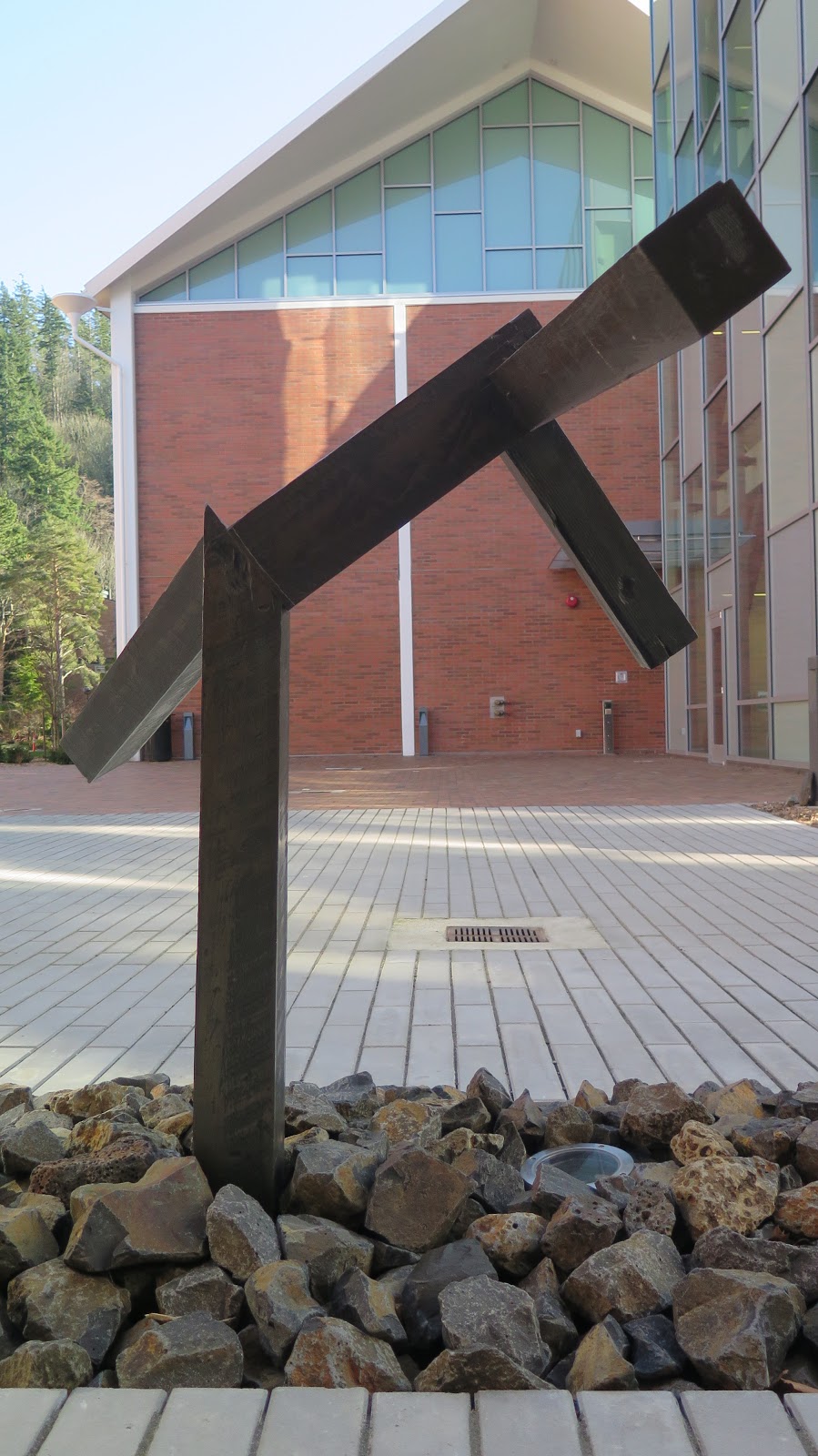
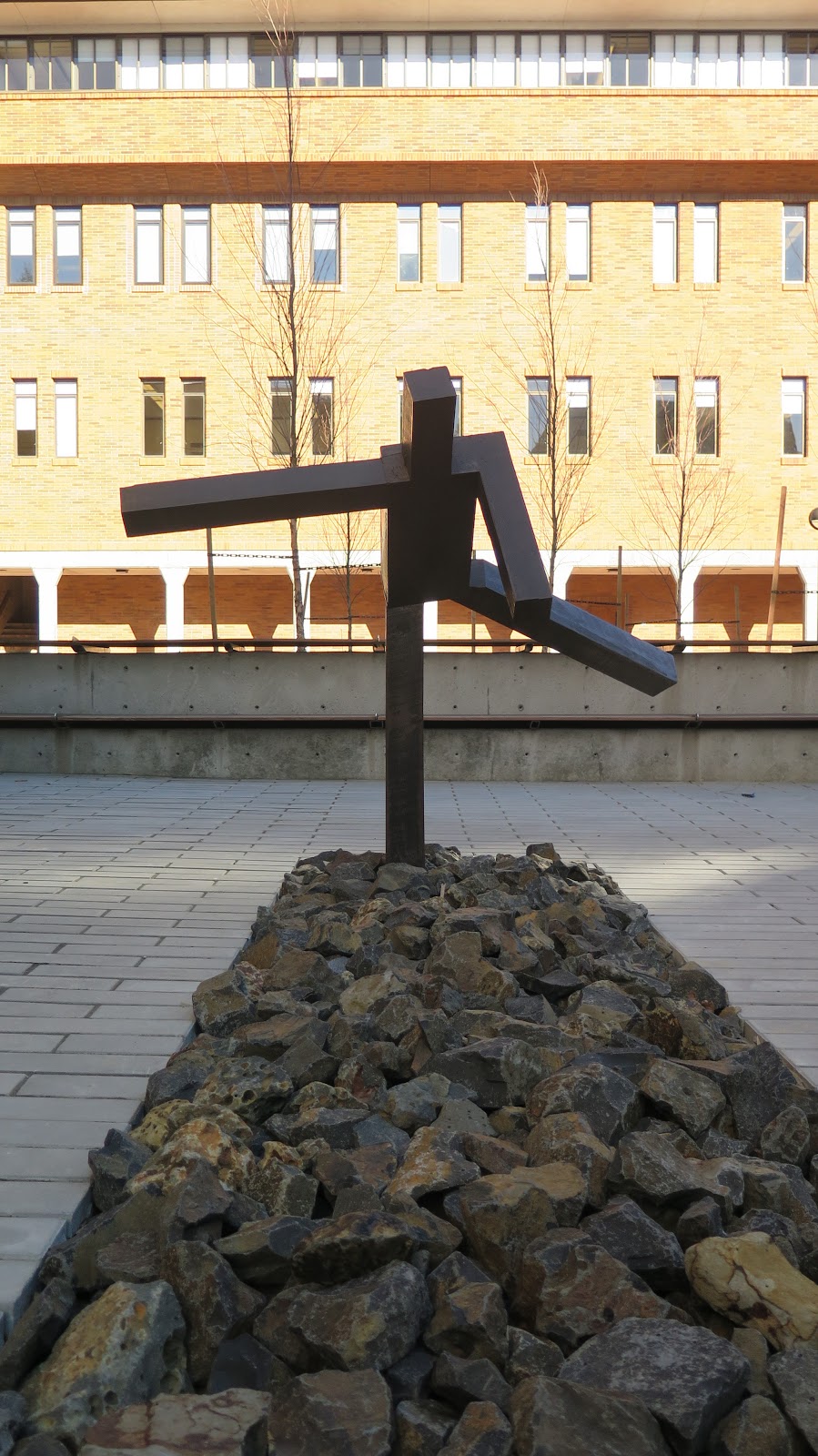
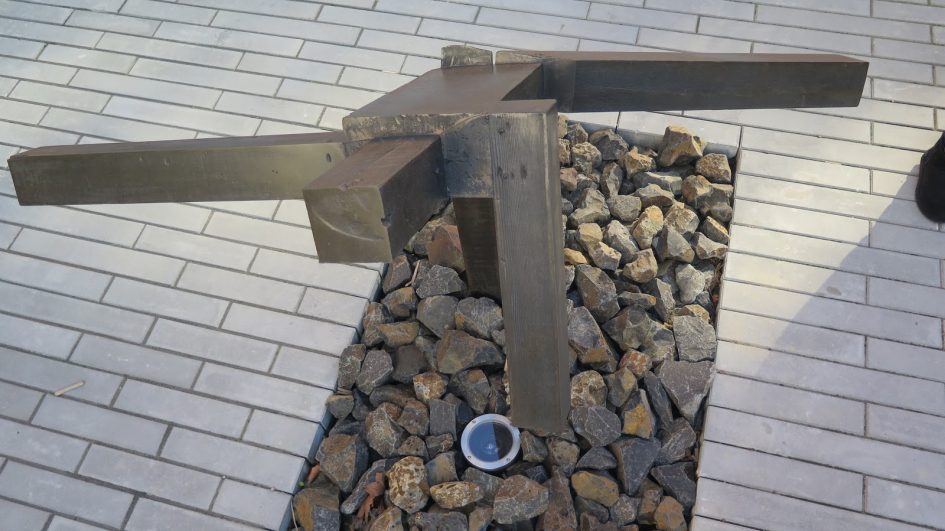

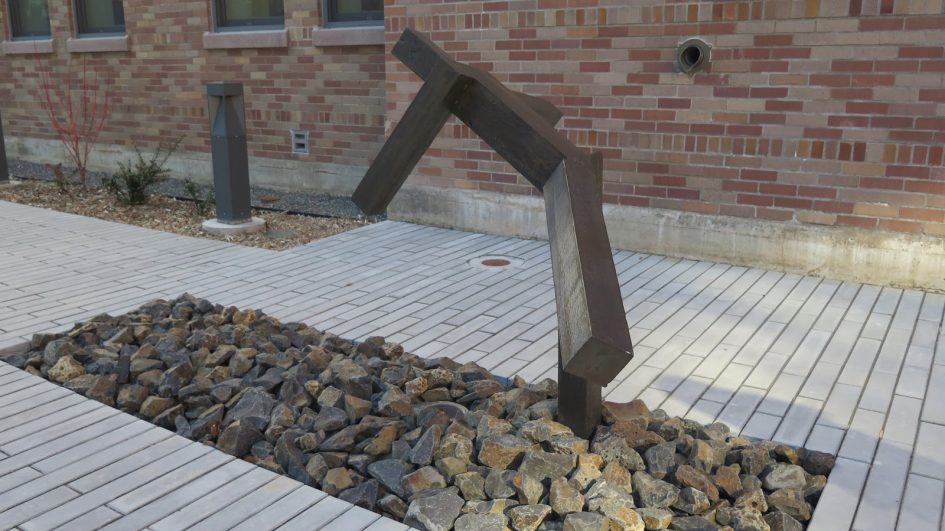

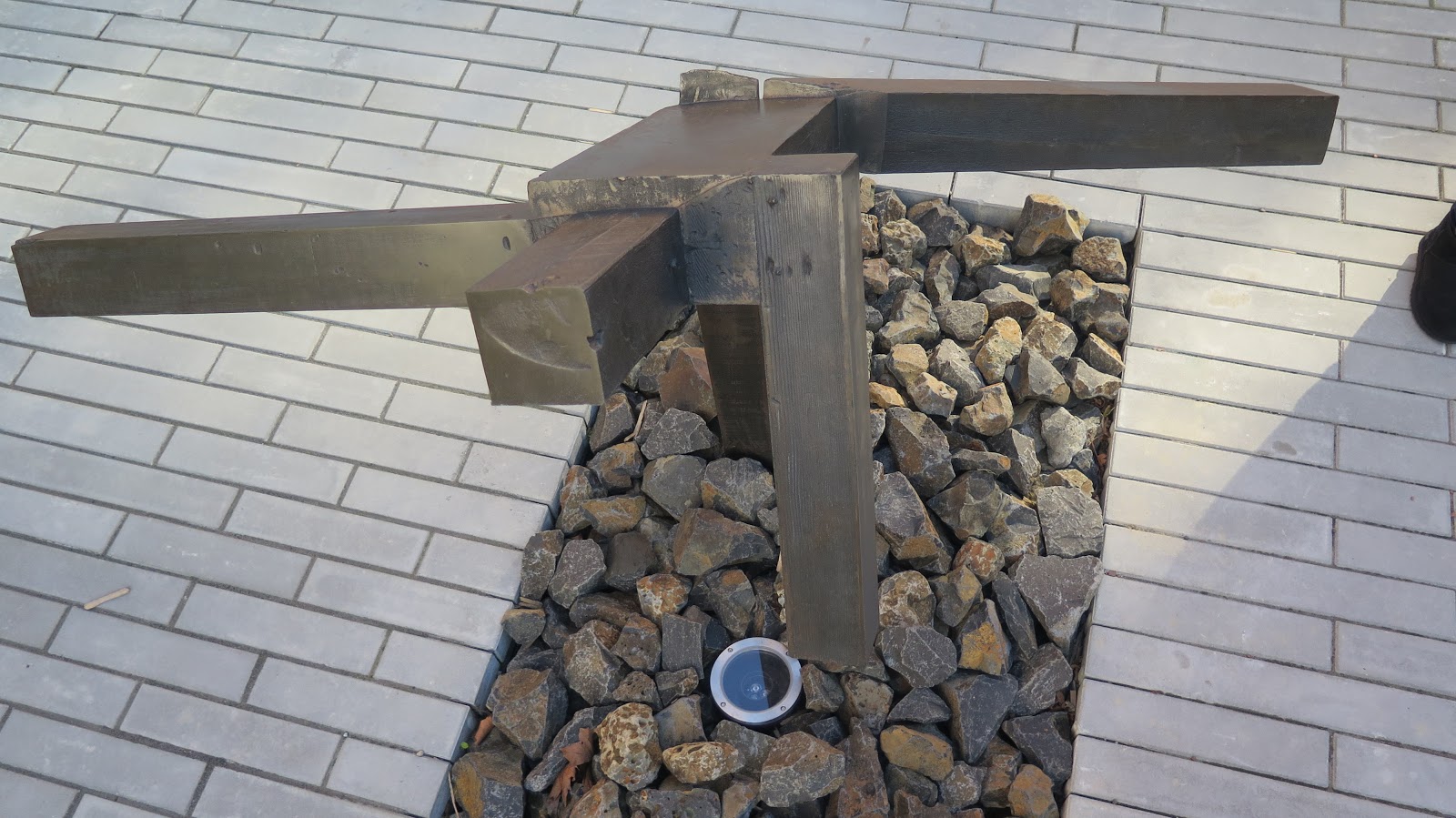
Leave a Reply